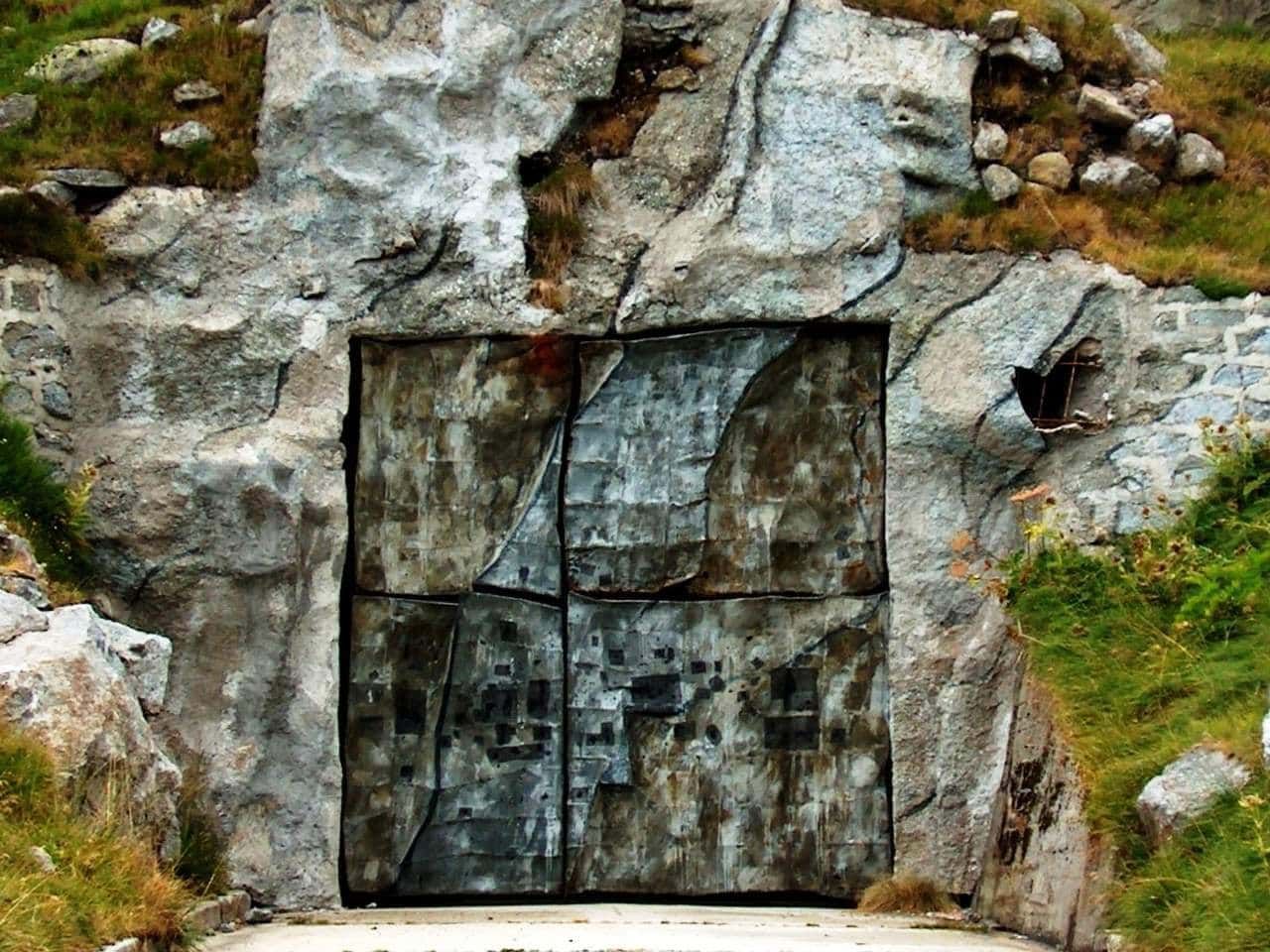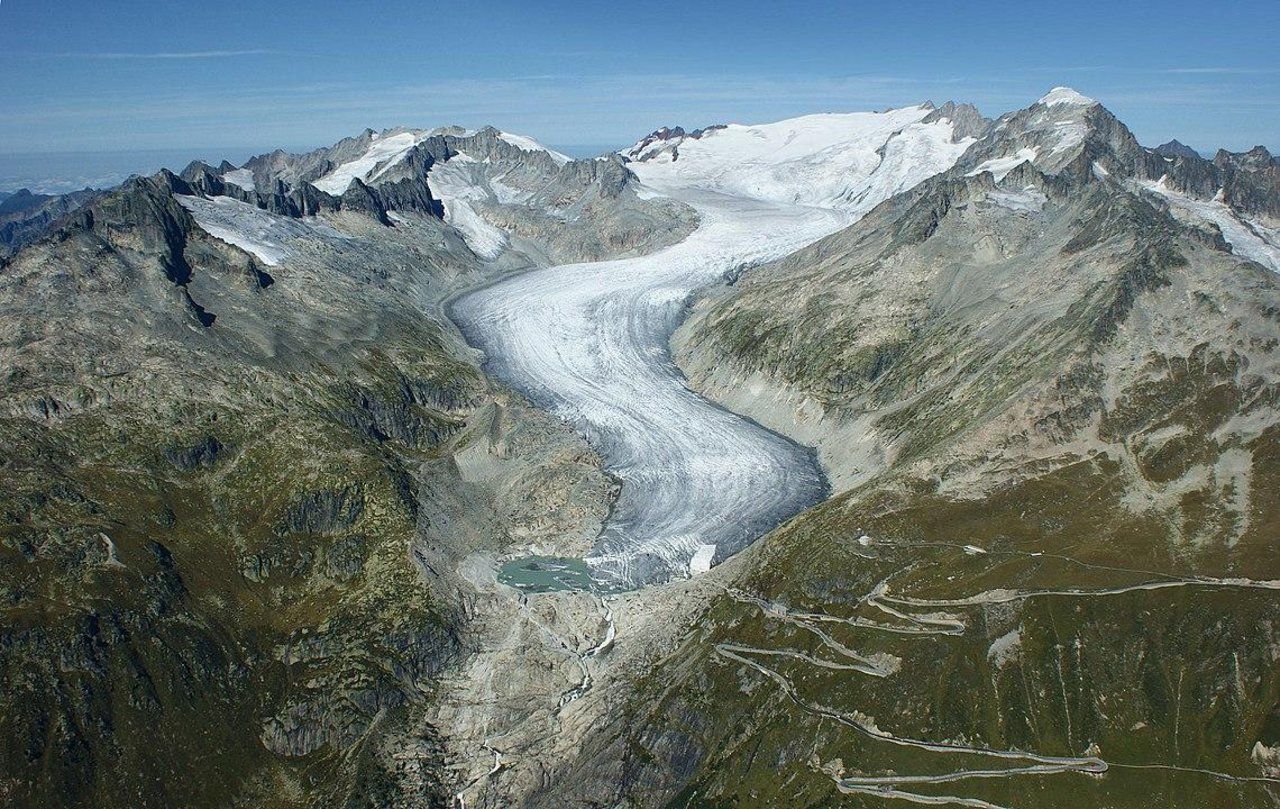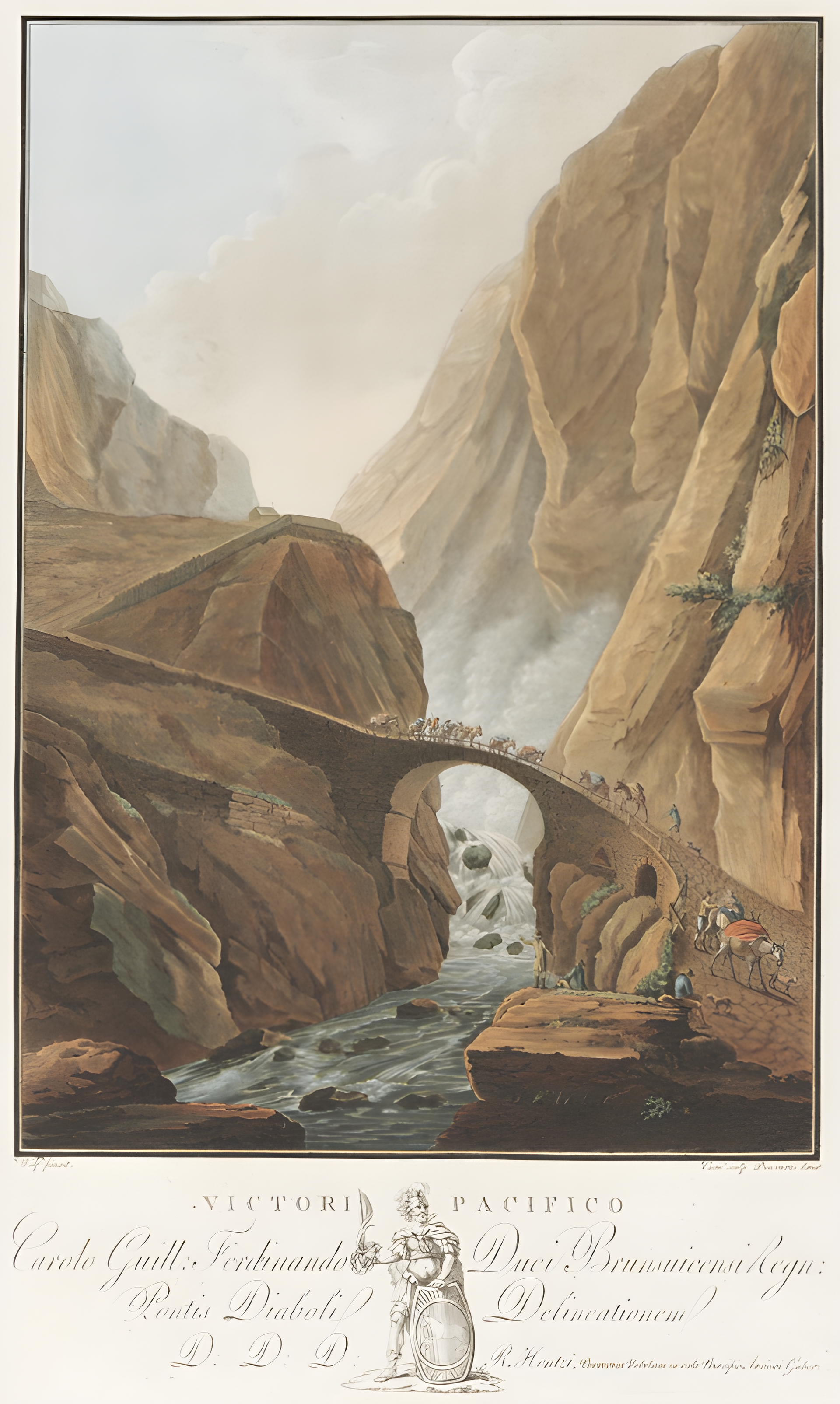
ziopora.ch
your Swiss identity protector for data privacy
Locations
Ziopora yDDP lives in the heart of Switzerland, in the Ursern Valley of Canton Uri, protected by the Gotthard Mountains and the Andermatt military base.
Switzerland
The Swiss economy’s high degree of development exists thanks to a liberal economic system, political stability, and close integration with the economies of other countries. The state creates the necessary framework and only intervenes when this serves the interests of society at large. The high-quality education system and outstanding infrastructure form the basis for the competitiveness of the Swiss economy.
Switzerland has been ranked the most innovative country in the world for several years in a row. The country’s three key strengths are its capacity for innovation, a highly educated workforce, and first-class scientific research institutions.
Switzerland is a “safe haven”, both financially and politically. Low capital costs, a stable currency, strong purchasing power, moderate taxation, a federal state system, and economic and political stability guarantee a high level of security for investments in Switzerland.
Switzerland’s reputation for a great quality of life is part of the reason it tops the 2022 Best Countries rankings, which this year surveyed more than 17,000 global citizens to gather perceptions about 85 nations.
While its economy is a mainstay of the country, it is perhaps its
staunch neutrality that most defines Swiss history, dating back more than 500 years, although its forces have engaged in peacekeeping missions, and it did support international sanctions.
Ursern Valley
The Ursern Valley, a place protected by the Andermatt military base and littered with military bunkers
Perhaps Switzerland's greatest strength doesn't come from having a huge army or arms, but the psychological effect on any potential invaders to doubt every rock, cave, or mountain top as positions for Swiss military.
This entire Valley is under the control of the Swiss army as a secret bunker complex, serviceable by cable cars. Bunkers are everywhere.
From deep below the mountain's belly to its highest summits, the Swiss built fortifications at any altitude.
For example, a strategic fort deep within the Gotthard massif was built to be completely hidden from view,
the famous Sasso San Gottardo. Now the once secret stronghold is open to the public as a museum which provides a close look at its historical past. Next to the historical museum there are exhibitions on various themes which offer a glimpse of the future. Though hidden from view, the Sasso San Gottardo is open to the world outside.

It's the valley of life in whose mountains four of Europe's most important rivers have their source, bringing hope and prosperity to the European continent with their waters
The Rhine is one of the major European rivers. It forms part of the Swiss-Liechtenstein, Swiss-Austrian, and Swiss-German borders. After that the Rhine defines much of the Franco-German border, after which it flows in a mostly northerly direction through the German Rhineland. Finally in Germany the Rhine turns into a predominantly westerly direction and flows into the Netherlands where it eventually empties into the North Sea.
The Reuss it is the fourth largest river in Switzerland (after the Rhine, Aare, and Rhône). The upper Reuss forms the main valley of the canton of Uri. The course of the lower Reuss runs from Lake Lucerne to the confluence with the Aare at Brugg and Windisch.
The Ticino is the most important perennial left-bank tributary of the Italian river Po. It has given its name to the Swiss Canton through which its upper portion flows.
The
Rhone is a major river in France and Switzerland, rising in the Alps and flowing west and south through Lake Geneva and southeastern France before discharging into the Mediterranean Sea. The Rhône is, with the Po and Nile, one of the three Mediterranean rivers with the largest water discharge.

The valley has been historically inaccessible since the 13th century and is protected by the Devil's Bridge and its famous legend
The Devil's bridge, which was built from wood back in the 13. century and replaced by a stone bridge in about 1585, provides access to the Schöllenen gorge today and carries traffic across the Gotthard pass from north to south and vice versa. The stone bridge has been replaced and extended several times over the years. The newest bridge dates to 1956.
The narrow rock bar above Göschenen had always blocked access to the Gotthard and thus the transition to the South as it proved to be extremely difficult to build a bridge there.
The legend, which tells of the futile efforts of the people of Uri to build a mule track through the narrow Schöllenen Gorge and a stone bridge at the point where the young Reuss river pushes through vertical rock walls, shows how difficult the situation was. In his despair, the "Landammann" shouted: "Shall the Devil build a bridge". Then the Devil appeared and said, "I will build a bridge for you. But the first soul to go over it shall be mine".
The people of Uri agreed to the trade and after three days a bridge arched over the Reuss. On the other side the Devil sat and waited for his reward. Instead of a human, however, the people of Uri sent a billy goat over. "You may keep it" they shouted, "here you have the first soul that crosses the bridge!".
Full of anger the Devil tore the billy goat apart and found a huge stone to destroy the bridge again. However, an elderly women passed by, recognized him, and carved a cross into the stone. When the Devil saw this, he missed his target and the stone landed in the valley below, not far from Göschenen where it has been lying ever since. For the construction of the motorway the "Devil's Stone", as it is called, was simply moved to a new location.

Addresses
Ziopora GmbH
Headquarters:
Bodenbüel 8, 6491 Realp, Uri, Switzerland
Rep. Office:
via Coremmo 5, 6900 Lugano, Ticino, Switzerland
About us
Locations
Products & Services
DISCLAIMER: please do not send any sensitive data to the email address
info@ziopora.ch. This email address shall be used only for information requests about us, our products & services. Please send sensitive data only via encrypted emails.




